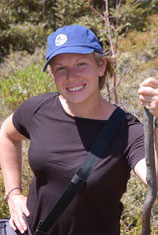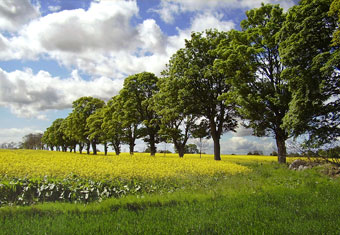

Abstract
Food production for human consumption is forecast to double by 2050. In many areas of the United States farmland is virtually the only habitat available for wildlife. Agricultural lands are therefore a critical, but often overlooked, opportunity for conservation efforts. Intensification of agricultural practices has been identified as a major threat to many avian species, and conservationists advocate wildlife-friendly farming practices to offset the negative impact of farming on birds. Importantly, some birds provide farmers with a natural form of pest control, and the loss of biodiversity due to agricultural intensification may therefore lead to an increased reliance on chemical inputs such as pesticides. The few studies that have examined pest control services by birds have shown that by consuming insect pests, some avian species can reduce insect damage to crops and increase yields. However, birds themselves can sometimes be pests by foraging on crops, and farmer efforts to drive birds from fields can compound the detrimental impact of agricultural intensification on wildlife. Farmers therefore have few tools with which to objectively assess the true impact of avian species on crop production and with which to base decisions on implementing wildlife-friendly farming practices. I will use bird-exclusion experiments in California’s Central Valley to quantify the effect and economic impact of bird foraging on both avian and insect damage to crops. This study will consider the role of birds across multiple crop types and will take into account factors such as landscape complexity and farming practices. This research has the potential to alter the composition of the farming landscape in the Central Valley of California, and could extend into other major breadbasket regions of the United States.
